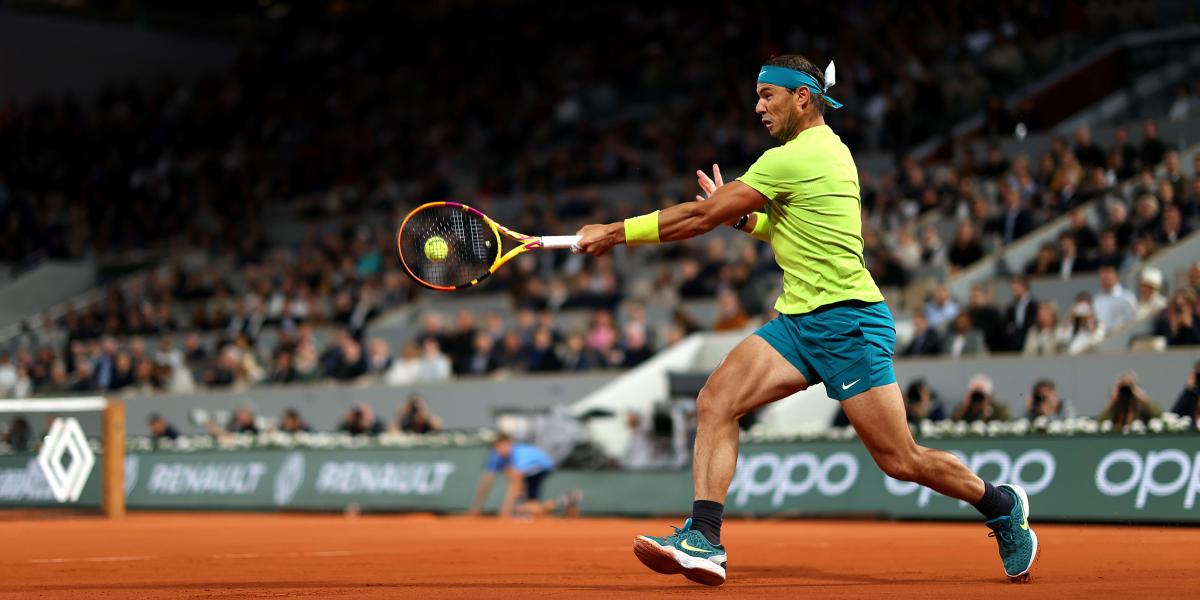Understanding the Mechanics of Energy Transfer for Enhanced Performance on the Court
Kinetic energy is one of the most essential concepts in tennis, playing a crucial role in the efficiency and power of strokes. Let’s explore how kinetic energy works in tennis, the key points for a good understanding, how to train to improve it, and the importance of this training.
What is Kinetic Energy?
Kinetic energy is the energy that an object possesses due to its motion. In tennis, this refers to the energy generated and transferred by the player’s body to the ball through the racket. The efficiency of this energy transfer can turn an average stroke into an incredibly powerful one.
Key Points to Understand Kinetic Energy in Tennis
Base of Support and Stability:
- Kinetic energy starts with a solid base of support. Well-positioned and stable feet are crucial for generating the necessary force.
Hip Rotation:
- Hip rotation is essential for generating torque. This movement creates a kinetic chain that allows for efficient energy transfer to the upper body.
Sequence of Movements:
- A coordinated sequence of movements, from the feet to the racket, maximizes energy transfer. Each segment of the body contributes in a sequential and efficient manner.
Trunk and Shoulder Strength:
- The trunk and shoulder muscles are responsible for transmitting most of the energy generated by the hips to the arm and, finally, to the racket.
Forearm and Wrist Precision:
The control of the forearm and wrist precision are essential for directing the energy effectively, ensuring powerful and accurate strokes.
How to Train to Improve Kinetic Energy
- Functional Exercises:
- Compound movements such as squats, lunges, and trunk rotations help develop the necessary strength and coordination.
- Rotational Training:
- Exercises involving rotation, such as using medicine balls, are excellent for strengthening the trunk muscles and improving hip rotation.
- Flexibility:
- Maintaining flexibility through dynamic and static stretches increases the range of motion, crucial for an efficient kinetic chain.
- Technical Correction:
- Analyzing match videos and working with a coach can help identify and correct technical flaws, improving energy transfer.
Importance of Training Kinetic Energy
- Maximizing Power:
- Training kinetic energy allows for more efficient energy transfer, resulting in more powerful strokes.
- Movement Efficiency:
- More efficient movements save energy, allowing players to maintain a high level of performance during long matches.
- Injury Reduction:
- Correct technique distributes the workload among different muscle groups, reducing the risk of overuse injuries.
Energy Transfer in a Stroke
Energy transfer in tennis follows a kinetic chain, where energy is passed from one body segment to the next, resulting in a powerful stroke:
- Initial Impulse:
- Energy begins at the feet, with the thrust generated by pressing against the ground.
- Hip Rotation:
- The hips rotate, generating torque and transmitting energy to the trunk.
- Trunk Movement:
- The trunk rotates, transferring energy to the shoulders and arms.
- Arm and Wrist Action:
- The arm and wrist complete the energy transfer, directing the racket to impact the ball.
- Impact with the Ball:
- At the point of impact, all the accumulated energy is transferred to the ball, producing a powerful and precise stroke.
Kinetic energy is the secret behind the most powerful strokes in tennis. With proper training and a deep understanding of the kinetic chain, any player can transform their game and reach new levels of performance.



Leave a Comment